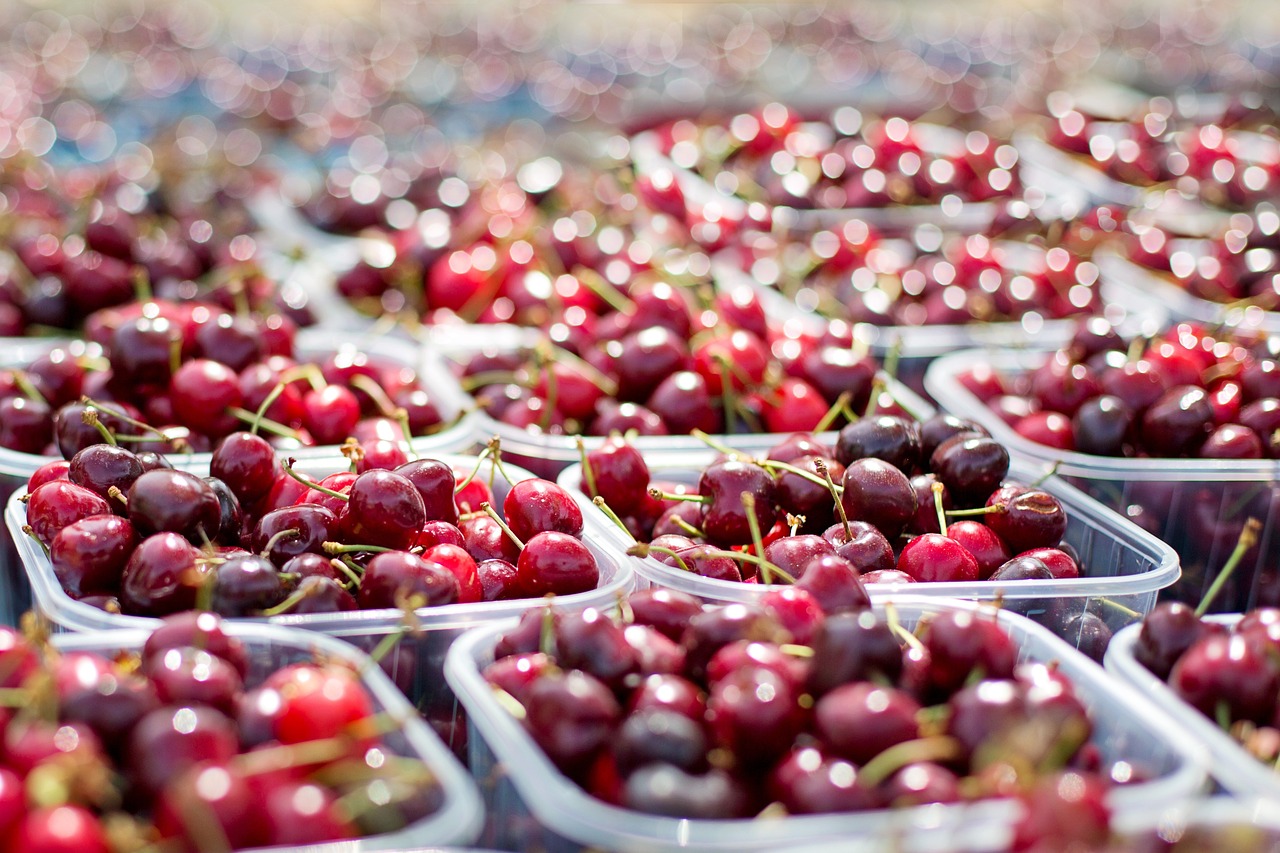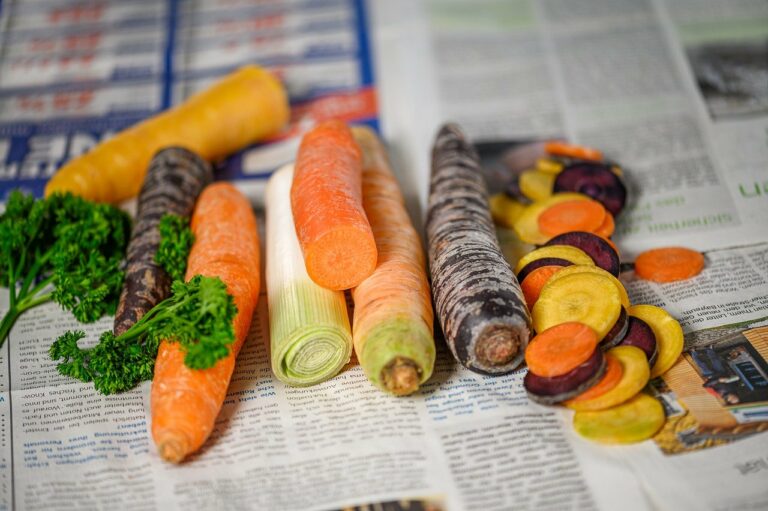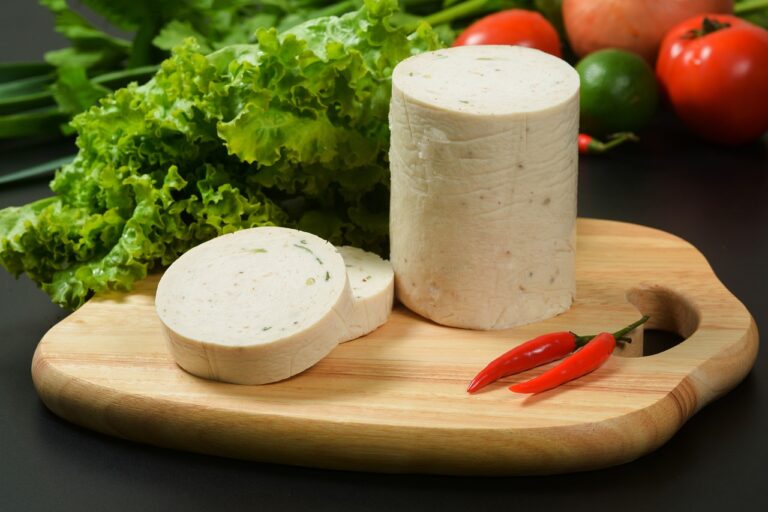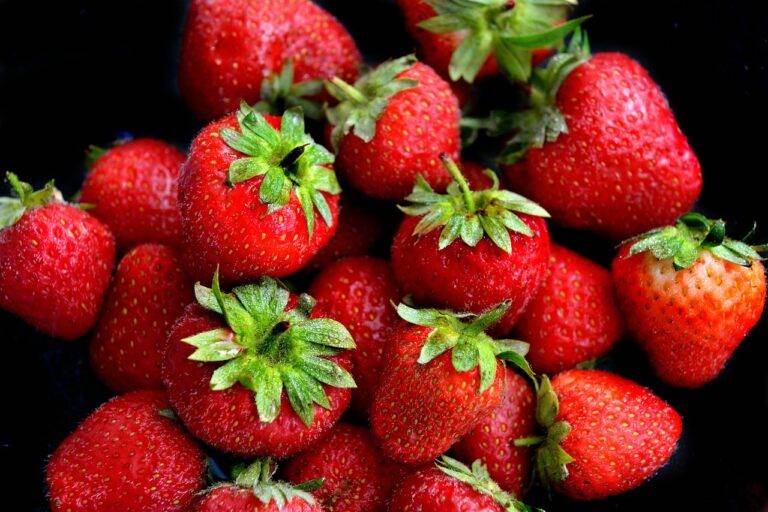IoT and its Role in Food Industry
IoT technology in the food industry offers real-time monitoring and tracking of various processes, leading to increased efficiency and productivity. By integrating IoT devices, companies can gather valuable data on production, storage, and transportation processes, allowing for better decision-making and resource optimization. This real-time data collection also enables businesses to detect and address issues promptly, minimizing the risk of product spoilage and ensuring quality control throughout the supply chain.
Furthermore, IoT technology improves transparency and visibility in the food industry by providing consumers with detailed information about the products they purchase. With the help of IoT devices, companies can track the entire journey of a food product, from farm to fork, sharing crucial details such as origin, processing methods, and expiration dates. This increased transparency not only builds consumer trust but also facilitates compliance with regulatory standards, ultimately enhancing the overall integrity of the food supply chain.
Challenges Faced by the Food Industry in Adopting IoT Technology
The food industry is experiencing challenges in embracing IoT technology, mainly due to concerns about data security and privacy. With the vast amount of data generated by IoT devices, there is a heightened risk of cyber threats and breaches, which can compromise sensitive information. This reluctance to adopt IoT technology is understandable as food companies strive to protect their intellectual property and maintain consumer trust.
Furthermore, the cost associated with implementing IoT solutions is a significant barrier for many food businesses. From the initial investment in IoT devices to the ongoing expenses of maintenance and software updates, the financial burden can be daunting. Small and medium-sized enterprises, in particular, may struggle to justify the expenditure on IoT technology, despite recognizing its potential benefits for enhancing operations and improving overall efficiency.
Improving Food Safety through IoT Solutions
The implementation of Internet of Things (IoT) solutions in the food industry has revolutionized the way food safety is monitored and maintained. Through the use of IoT devices such as temperature sensors, humidity monitors, and RFID tags, companies are now able to track the quality and condition of their products in real-time. This real-time data allows for quick detection of any deviations from optimal storage conditions, enabling prompt corrective measures to be taken to prevent food spoilage or contamination.
Furthermore, IoT technology has enabled the development of automated monitoring systems that continuously collect and analyze data related to food safety parameters. By leveraging this data, food industry stakeholders can proactively identify potential risks and ensure that products meet regulatory standards. Additionally, the traceability features of IoT solutions provide transparency throughout the supply chain, enabling swift identification and recall of products in the event of a food safety issue.
• IoT solutions allow for real-time monitoring of food quality and condition
• Quick detection of deviations from optimal storage conditions
• Prompt corrective measures can be taken to prevent spoilage or contamination
• Automated monitoring systems continuously collect and analyze data related to food safety parameters
• Proactive identification of potential risks and ensuring products meet regulatory standards
• Traceability features provide transparency throughout the supply chain
• Swift identification and recall of products in case of a food safety issue
What are some benefits of implementing IoT in the food industry?
Implementing IoT in the food industry can improve traceability, enhance quality control, optimize production processes, reduce waste, and ensure better food safety.
What are some challenges faced by the food industry in adopting IoT technology?
Some challenges include high implementation costs, lack of skilled personnel, data security concerns, interoperability issues, and resistance to change.
How can IoT solutions improve food safety?
IoT solutions can enable real-time monitoring of food production and distribution, track food safety parameters, provide alerts for potential issues, and ensure compliance with regulatory standards.
How can IoT help in traceability of food products?
IoT devices can be used to track the entire journey of food products from farm to table, providing detailed information on the origin, production processes, storage conditions, and transportation of the food.
What role does IoT play in quality control in the food industry?
IoT can help in monitoring and controlling various aspects of food production such as temperature, humidity, hygiene, and storage conditions to ensure that food products meet quality standards and are safe for consumption.







